Project Notes
Products: StoTherm ci, StoCast Wood, Sto Essence Finish (Medium Sand Texture)
Architect: Klingner & Associates, P.C.
Applicator: Chuck Bergener Plastering & Stucco
Contractor: Hein Construction Co.
Food insecurity plagues communities nationwide, and organizations such as the River Bend Food Bank and FISH of Galesburg are committed to solving hunger in their local neighborhoods. For the organization’s newest 15,000-square-foot joint branch in Galesburg, Ill., the two charities identified an old block building that would undergo a retrofit and serve as a new food pantry for locals in need. Utilizing an older structure’s skeleton meant reducing significant carbon emissions typically generated by the construction of a new building. However, it also meant dealing with declining structural elements that would need significant upgrades with regard to thermal performance and overall aesthetics.
Klingner & Associates, P.C., the architect of record, selected Sto for the project’s exterior materials. Klingner has partnered with Sto in the past, relying on the organization for its problem-solving mentality and its array of compatible building solutions with nearly limitless aesthetic possibilities.
Up First: Energy Overhaul
Priority number one was taking the previously uninsulated block building and turning it into a high-performing, sustainable structure. The north and east facades featured brick walls with masonry backup, while the south and west walls were all cement masonry units. According to architect Melissa Goodwin with Klingner & Associates, the CMU walls were in “pretty bad shape.”
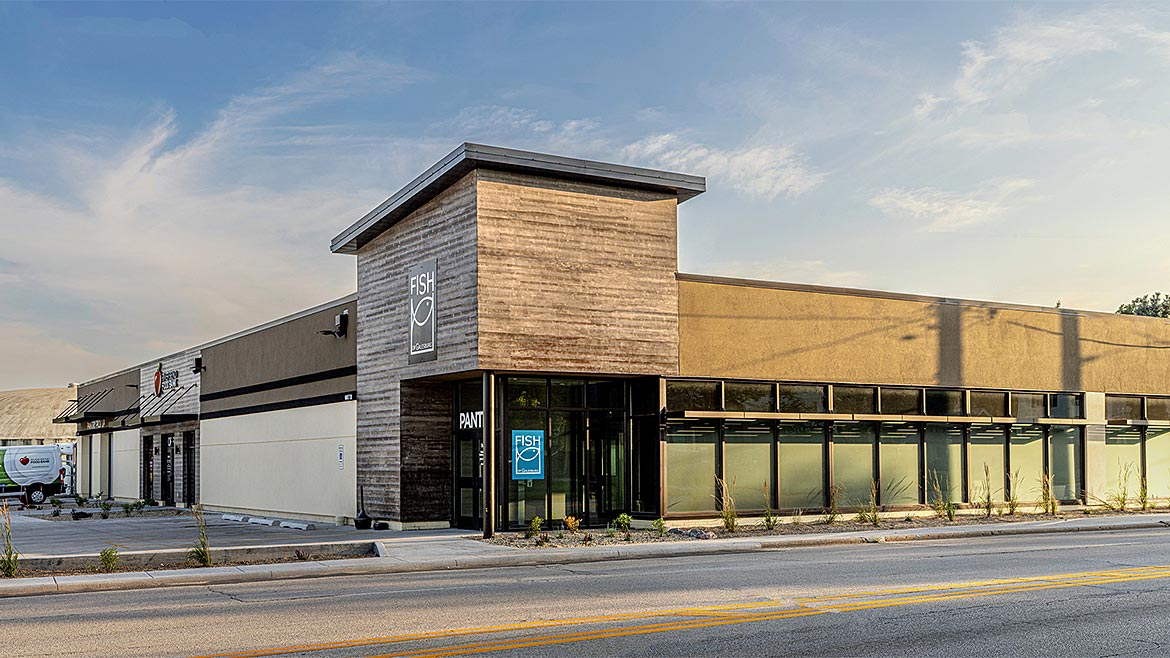
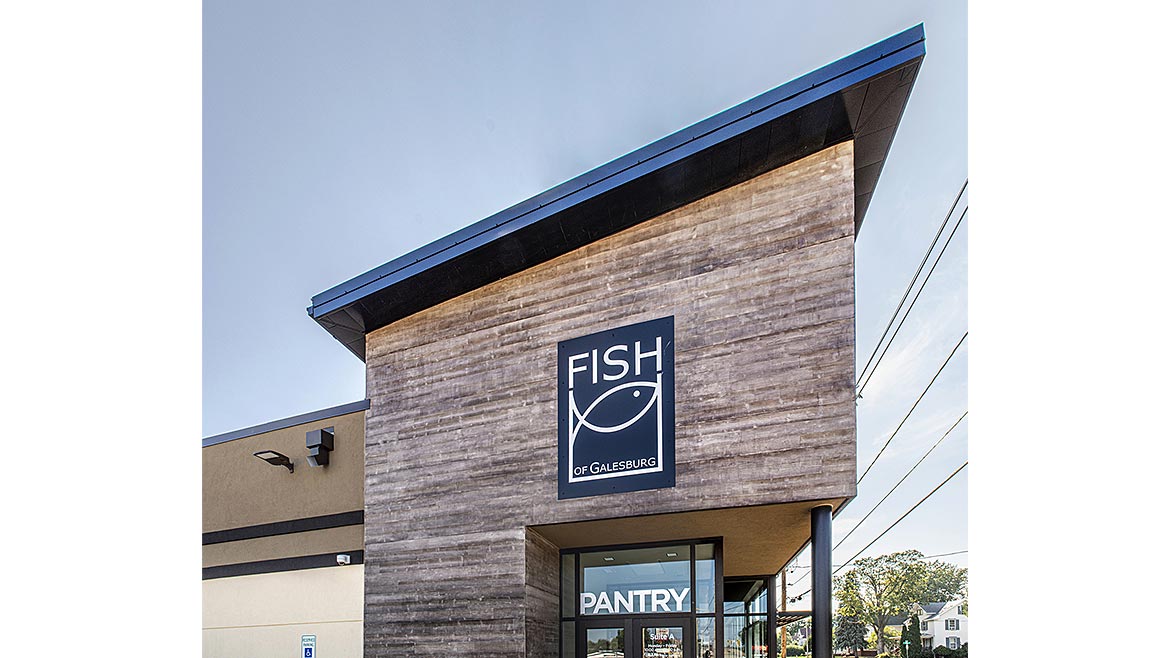
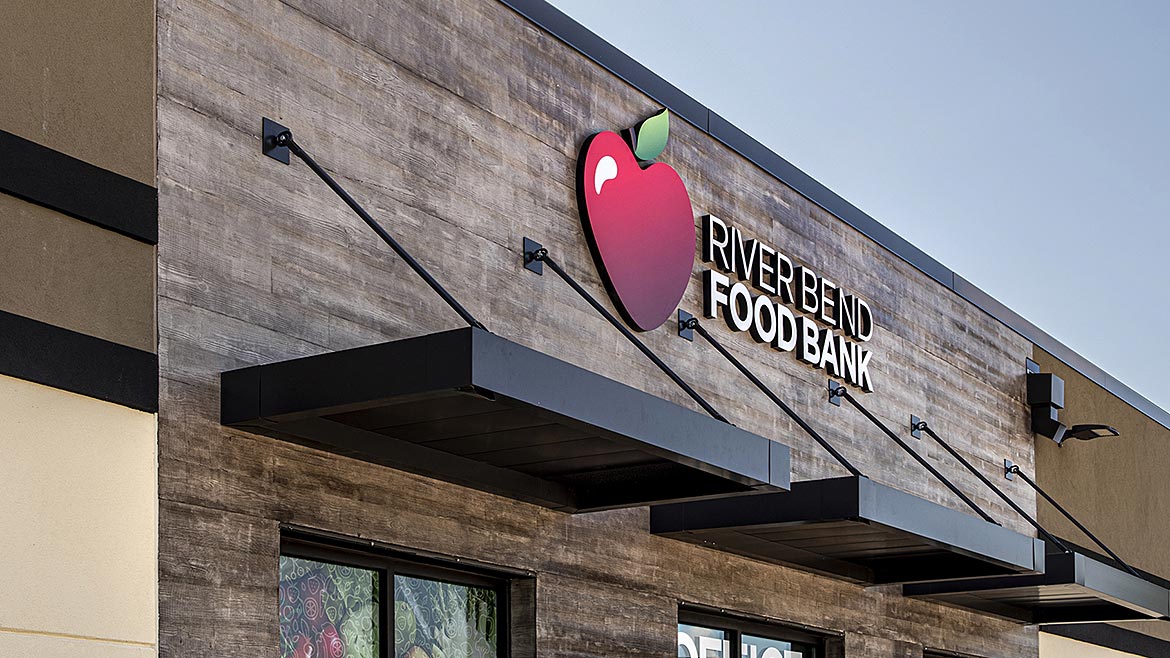
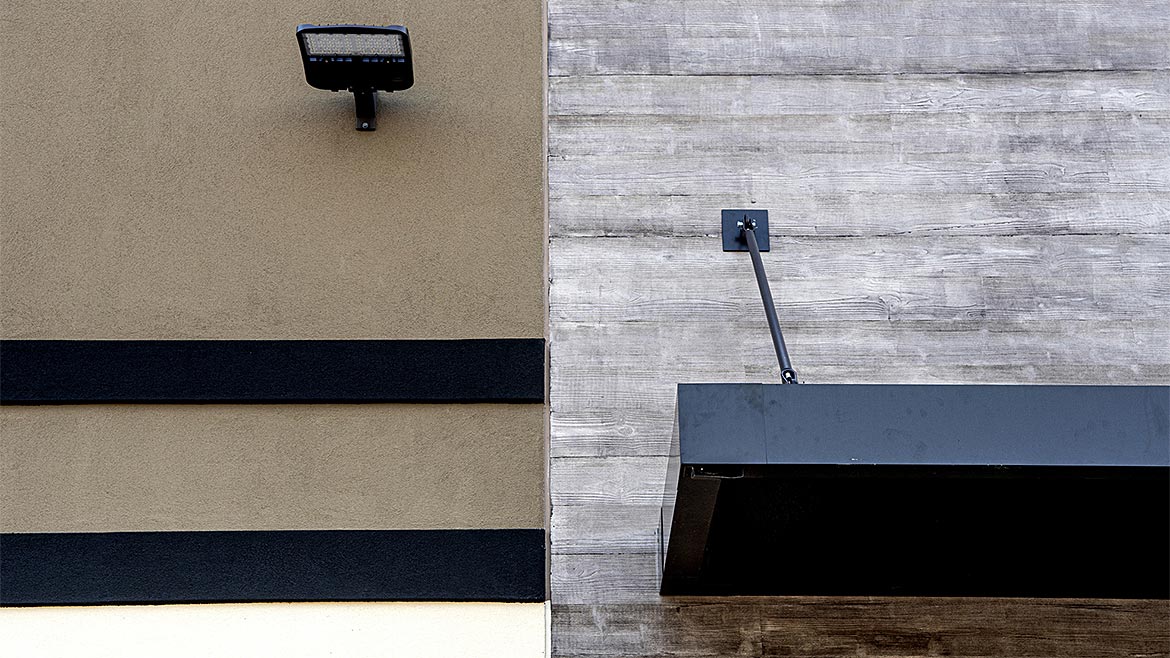
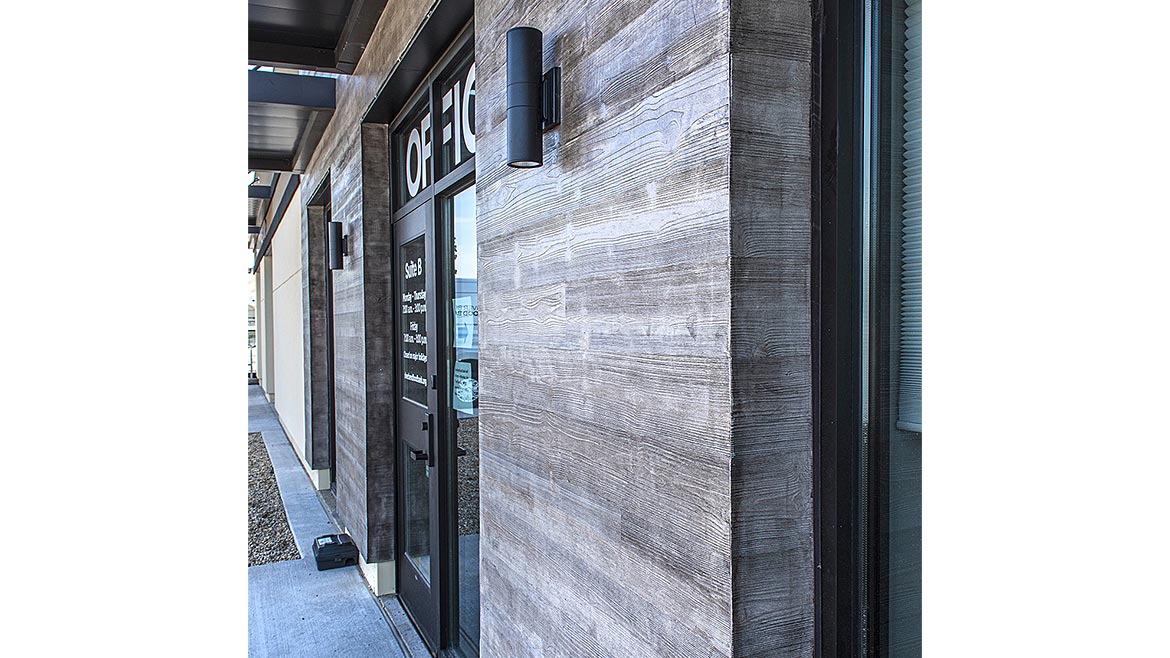
Klingner & Associates first had the cracked masonry repointed and conducted an overhaul repair of the original walls. This would ensure the substrate was in suitable condition and needed to be completed before applying insulation and installing cladding materials.
“The walls on the west side of the structure stand nearly 15 feet tall, so we definitely wanted insulation on such large-scale walls to provide thermal benefits. EIFS seemed like our best option,” says Goodwin.
The applicator, Chuck Burgener, of Burgener Plastering Inc., agrees: “EIFS was perfect because it allowed us to get insulation on an uninsulated block building.”
To meet this requirement, the product of choice was an EIFS with drainage continuous insulation wall system that combines critical wall components into a single system. These components include an air and water-resistive barrier, EPS insulation, and a drainage cavity to keep the building dry. Combined, they lend long-term function to a structure with the energy-saving attributes that today’s most stringent building codes command.
Landing the Look
The continuous insulation was finished with 12,000 square feet of an acrylic finish with dirt pick-up resistance in a Medium Sand texture in two colors, Jersey Cream and Superior Bronze.
“That is one of the best things about EIFS for remodeling, you can do so much from a visual perspective with these types of systems,” says Burgener.
However, the architects designed the building for a different type of cladding for the two main entrances on its northeast corner. Originally searching for a cement board product, architects instead settled on StoCast Wood, which enabled them to deliver this time-honored and desirable aesthetic and something that was available from the same manufacturer.
“[The manufacturer] provided us with samples of StoCast Wood and we thought it would be a really good fit with the EIFS system,” adds Goodwin. “We could equip the walls with ci and have a simple material transition from EIFS to wood, allowing us to deliver a consistent protective wall system behind the entire facade while getting more than one aesthetic finish.”
The Wood facades product features lightweight, flexible, resin-cast wood grain planks that create an authentic wood appearance and can be stained with a wide range of wood stains in glossy or matte finishes or can be coated with any of the manufacturer’s high-performance architectural coatings. For this project, architects specified 3,000 square feet of wood in an ironwood stain. Compared to natural or engineered wood, the StoCast Wood product serves as a durable and low-maintenance option, imparting longevity and reliability.
The manufacturer’s exterior wall systems are equipped with the same control layers behind the cladding materials, all of which are designed to keep buildings dry and thermally efficient. Therefore, with the manufacturer, architects can design high-performing structures with contemporary visual appeal even when numerous cladding materials are required, which is now becoming a mandate in cities across the country.
For River Bend Food Bank and FISH of Galesburg, architects were able to specify multiple claddings from a single supplier. This eased the specification process and reduced the number of trades needed on site to install materials, saving both time and money.
Goodwin noted that the River Bend Food Bank and FISH of Galesburg retrofit was “a really good project for the city of Galesburg” and that the project “couldn’t have been a better collaboration between all parties involved.” In addition to Klingner & Associates, this included the Galesburg Community Foundation, River Bend Food Bank, FISH of Galesburg, Burgener Plastering, Inc., and Hein Construction.
“The project is a gem for Galesburg,” says Goodwin.




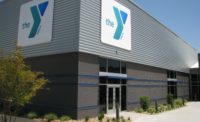
Report Abusive Comment